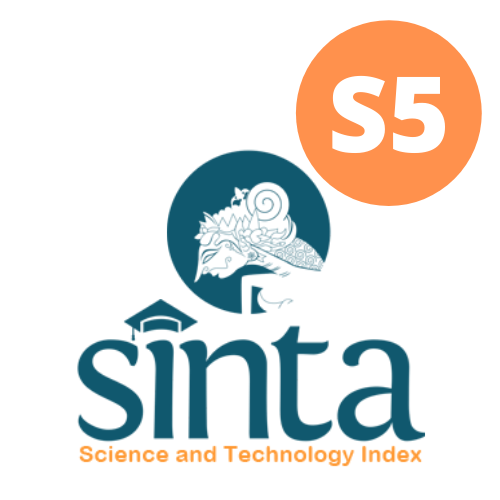Aplikasi Artificial Intelligence Al-Qalam dalam Pembelajaran Keterampilan Menulis Bahasa Arab (Mahāraṭ al-Kitābah); Peluang dan Tantangan
Abstract
Penelitian ini bertujuan untuk menjelaskan pemanfaatan aplikasi Al-Qalam dalam pembelajaran keterampilan menulis bahasa Arab (mahāraṭ al-kitābah), serta menganalisis peluang dan tantangan yang dihadapi dalam penggunaannya. Penelitian menggunakan metode kualitatif dengan subjek mahasiswa program pascasarjana UIN Maulana Malik Ibrahim Malang kelas A semester 2. Hasil penelitian mengungkapkan bahwa Al-Qalam AI memiliki peluang strategis dalam mendukung pembelajaran maharah kitabah, di antaranya peningkatan akurasi tulisan melalui fitur koreksi gramatikal dan ejaan, pemberian umpan balik instan, serta kemudahan aksesibilitas. Selain itu terdapat sejumlah tantangan dalam penggunaan Al-Qalam AI, mencakup ketergantungan pada koneksi internet, keterbatasan memahami konteks budaya Arab yang kompleks, risiko ketergantungan berlebihan pada teknologi, dan kendala dalam menangani teks panjang. Sehinga perlu adanya integrasi bijak teknologi AI dalam pembelajaran mahāraṭ al-kitābah, dengan memposisikan Al-Qalam AI sebagai alat pendukung yang memperkaya proses belajar-mengajar, bukan menggantikan peran pengajar.
Copyright (c) 2024 Moh. Aldi Fitrah, Muhammad Al Farizzy, Depriyanto Depriyanto, Umi Machmudah

This work is licensed under a Creative Commons Attribution-ShareAlike 4.0 International License.
Copyright
Authors published in this journal agree to the following terms:
1. The copyright of each article is retained by the author (s).
2. The author grants the journal the first publication rights with the work simultaneously licensed under the Creative Commons Attribution-ShareAlike 4.0 International, allowing others to share the work with an acknowledgment of authorship and the initial publication in this journal.
3. The author may enter into separate additional contractual agreements for the non-distribution of published journal versions of the work (for example: posting them to institutional repositories or publishing them in a book), with acknowledgment of their initial publication in this journal.
4. Author are permitted and encouraged to post their work online (for example: in the Institutional Repository or on their website) before and during the subsmission process, as this can lead to productive axchanges, as well as erlier and larger citations of published work.
5. Articels and all related material published are distributed under a Creative Commons Atrribution-ShareAlike 4.0 International License.
You are free to:
- Share — copy and redistribute the material in any medium or format for any purpose, even commercially.
- Adapt — remix, transform, and build upon the material for any purpose, even commercially.
- The licensor cannot revoke these freedoms as long as you follow the license terms.
Under the following terms:
- Attribution — You must give appropriate credit , provide a link to the license, and indicate if changes were made . You may do so in any reasonable manner, but not in any way that suggests the licensor endorses you or your use.
- ShareAlike — If you remix, transform, or build upon the material, you must distribute your contributions under the same license as the original.
- No additional restrictions — You may not apply legal terms or technological measures that legally restrict others from doing anything the license permits.
Notices:
You do not have to comply with the license for elements of the material in the public domain or where your use is permitted by an applicable exception or limitation .
No warranties are given. The license may not give you all of the permissions necessary for your intended use. For example, other rights such as publicity, privacy, or moral rights may limit how you use the material.








